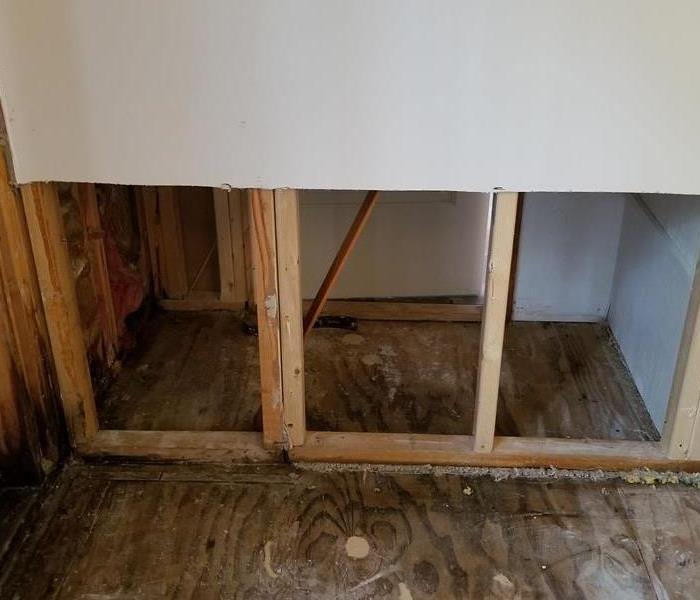The Hidden Aftermath: How Water Damage Occurs After a Fire
7/25/2023 (Permalink)
When we think of the damage caused by a fire, we often focus on the visible destruction from flames and smoke. However, another significant concern that arises after a fire is water damage. The use of water to extinguish the fire can lead to a range of issues, including structural damage, mold growth, and compromised electrical systems. In this blog, we will explore how water damage occurs after a fire and the necessary steps to mitigate its effects.
Firefighting Efforts
When firefighters battle a blaze, they utilize large volumes of water to extinguish the flames and prevent the fire from spreading. This water infiltrates various parts of the building, including walls, floors, and ceilings, saturating porous materials and seeping into hidden spaces.
Many commercial and residential buildings are equipped with fire suppression systems, such as sprinklers. While these systems are effective in suppressing fires, they can release substantial amounts of water in a short period. If not promptly addressed, the water can accumulate and cause extensive damage.
Water Runoff
Water used during firefighting efforts can create significant runoff, which can further exacerbate water damage. The runoff may pool around the property, seep into the foundation, and infiltrate neighboring areas, leading to additional complications.
Structural Damage
Water can weaken the structural integrity of a building by compromising load-bearing elements, causing warping, swelling, or deterioration. As water saturates materials like wood, drywall, and insulation, they may lose their strength and integrity, requiring thorough drying and potential replacement.
Mold and Mildew Growth
Moisture left behind after a fire can create an ideal environment for mold and mildew growth. Mold spores thrive in damp conditions and can proliferate rapidly, leading to potential health risks and further damage to the property. Prompt action to remove moisture and control humidity levels is crucial in preventing mold infestation.
Electrical System Compromise
Water exposure can compromise electrical systems, posing a serious safety hazard. Electrical components that come into contact with water may become damaged or corroded, leading to electrical malfunctions, short circuits, or even fires. It is essential to have a qualified professional inspect and repair the electrical system before reoccupying the property.
Secondary Water Damage
If water damage is not addressed promptly and effectively, it can lead to secondary damage. Lingering moisture can seep into building materials, causing long-term issues such as rot, mold growth, and the deterioration of structural elements. The longer the water remains, the greater the risk of extensive damage and costly repairs.
Mitigating Water Damage After a Fire
- Contact a professional restoration company experienced in fire and water damage restoration.
- Ensure the property is safe to enter by consulting with relevant authorities and professionals.
- Extract standing water and initiate the drying process using specialized equipment.
- Remove damaged materials and assess the extent of structural damage.
- Address any mold growth or potential mold risks through professional remediation.
- Repair or replace compromised electrical systems under the guidance of licensed electricians.
- Implement preventive measures, such as moisture barriers and improved ventilation, to minimize future water damage risks.
Water damage is an often-overlooked consequence that can occur after a fire. Understanding how water damage happens and the potential risks it poses is crucial for effective recovery and restoration. Swift action, professional assistance, and thorough mitigation efforts are essential to minimize the impact of water damage and ensure the safety and integrity of the property. Remember, addressing both fire and water damage comprehensively is key to a successful recovery process.

 24/7 Emergency Service
24/7 Emergency Service
